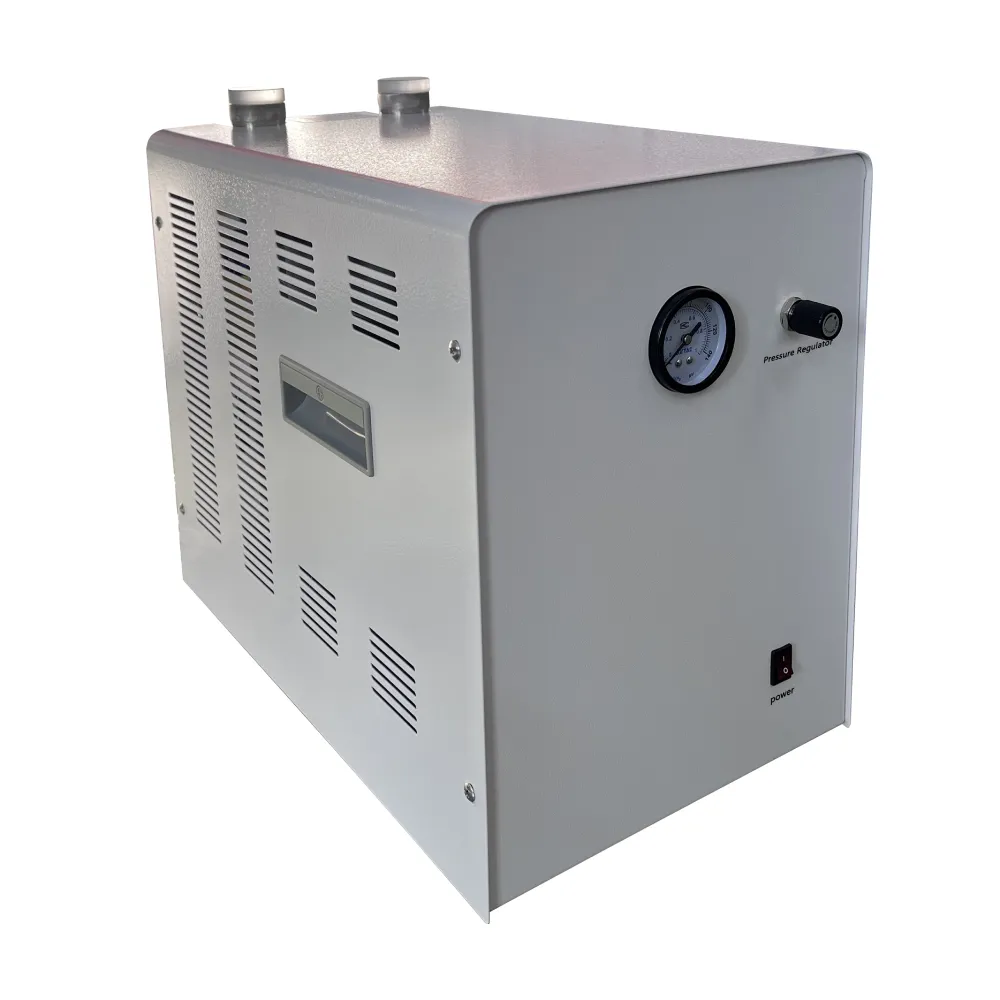 English
English


Understanding Partial Discharge Testing in Transformers for Enhanced Performance and Longevity
Partial Discharge Testing on Transformers
Partial discharge (PD) testing is a critical maintenance and diagnostic tool used in assessing the insulation health of transformers. As vital components of electrical power systems, transformers play a significant role in the transmission and distribution of electrical energy. Over time, factors such as electrical stress, mechanical strain, temperature fluctuations, and environmental conditions can degrade the insulation materials, leading to partial discharges. Understanding and mitigating these discharges are essential for ensuring the reliability and longevity of transformer equipment.
What is Partial Discharge?
Partial discharge refers to localized dielectric breakdown of an insulating material within a transformer, which occurs even though the overall insulation system remains intact. This phenomenon can happen in pinholes, cracks, or impurities within the insulation. The result is a small amount of energy being released in the form of light, heat, or electromagnetic waves, which, if left unchecked, can lead to insulation failure. PD does not only signify existing damage; it can also be a precursor to more severe insulation breakdown, making early detection critical.
Importance of PD Testing
Conducting PD testing on transformers serves several purposes
1. Preventive Maintenance Regular PD testing helps in identifying potential insulation weaknesses before they result in catastrophic failures. By monitoring PD levels, operators can schedule maintenance or replace components proactively, ultimately reducing unplanned outages and maintenance costs.
2. Health Assessment PD testing provides insights into the health of the transformer’s insulation systems. Analysis of the PD data can help in understanding the operational conditions and stress levels acting on the insulation, contributing to better asset management.
partial discharge test on transformer pdf

3. Regulatory Compliance Many utility companies and organizations have regulatory standards that mandate inspection and maintenance procedures for transformers. Regular PD testing ensures compliance with these standards, helping to avoid penalties and ensure safe operations.
Testing Methods
Various methods exist for conducting partial discharge testing, each with unique benefits. Common techniques include
- Ultrasonic Testing This method utilizes high-frequency sound waves to detect partial discharges. Ultrasonic sensors pick up the high-frequency signals emitted during PD activity and convert them into audible sound, which can be analyzed.
- Time-Domain Reflectometry (TDR) TDR involves sending a pulse through the transformer insulation and measuring the reflection time. Any irregularities in the reflections can indicate areas where partial discharges are occurring.
- Electrical Measurement Systems that measure the capacitance and power factor of transformer insulation can be used to monitor PD activity. Deviations in normal readings can suggest insulation deterioration.
Conclusion
Partial discharge testing is an indispensable part of transformer maintenance and reliability management. By implementing effective PD testing strategies, utility companies can detect and address insulation faults early on, thereby ensuring the continued operation of their electrical systems. The significance of this proactive approach cannot be overstated in a world increasingly reliant on electricity for daily functions. With the advancement of testing technologies and methodologies, the efficiency and accuracy of partial discharge detection are constantly improving, paving the way for smarter energy management and stronger infrastructure resilience.
-
Differences between open cup flash point tester and closed cup flash point testerNewsOct.31,2024
-
The Reliable Load Tap ChangerNewsOct.23,2024
-
The Essential Guide to Hipot TestersNewsOct.23,2024
-
The Digital Insulation TesterNewsOct.23,2024
-
The Best Earth Loop Impedance Tester for SaleNewsOct.23,2024
-
Tan Delta Tester--The Essential Tool for Electrical Insulation TestingNewsOct.23,2024





